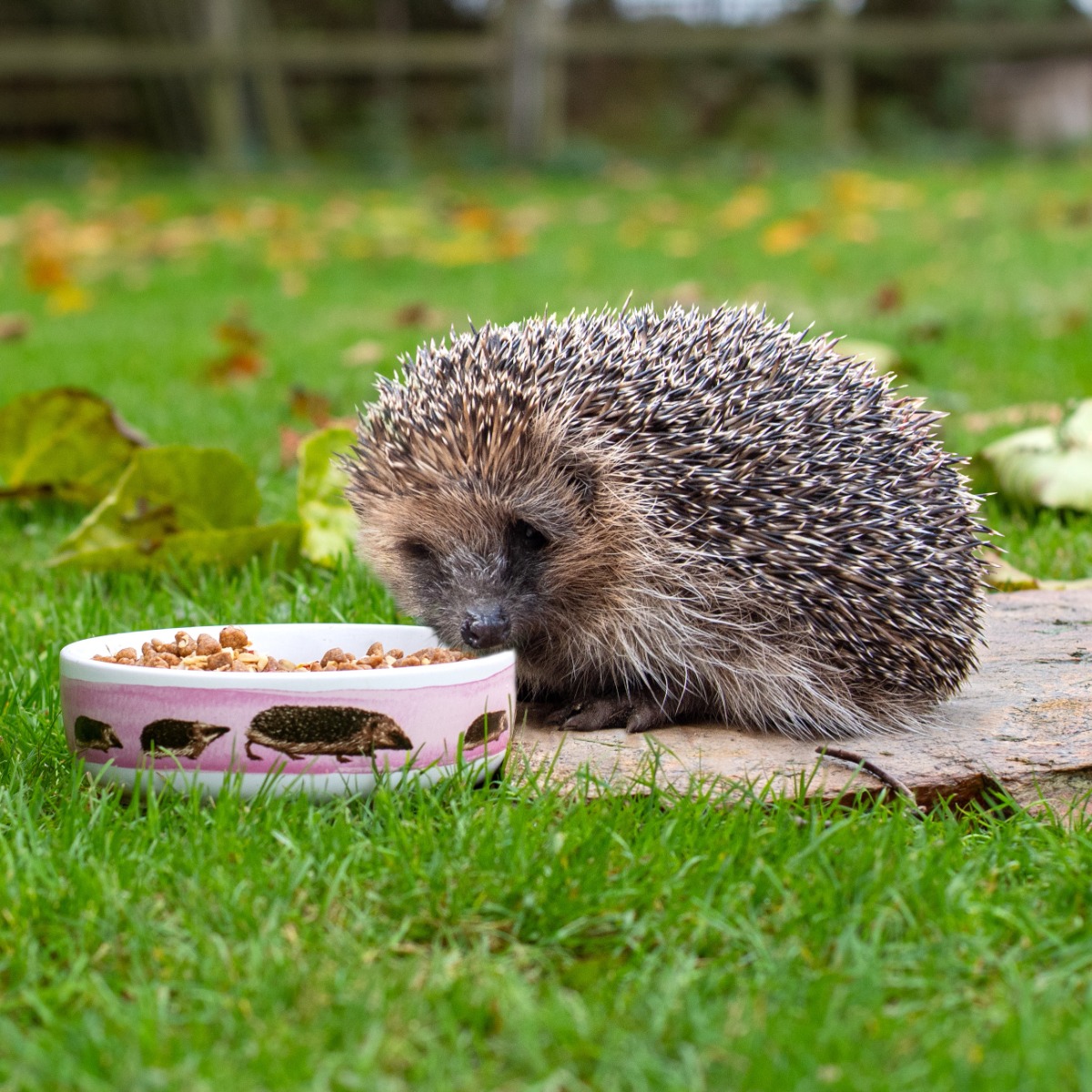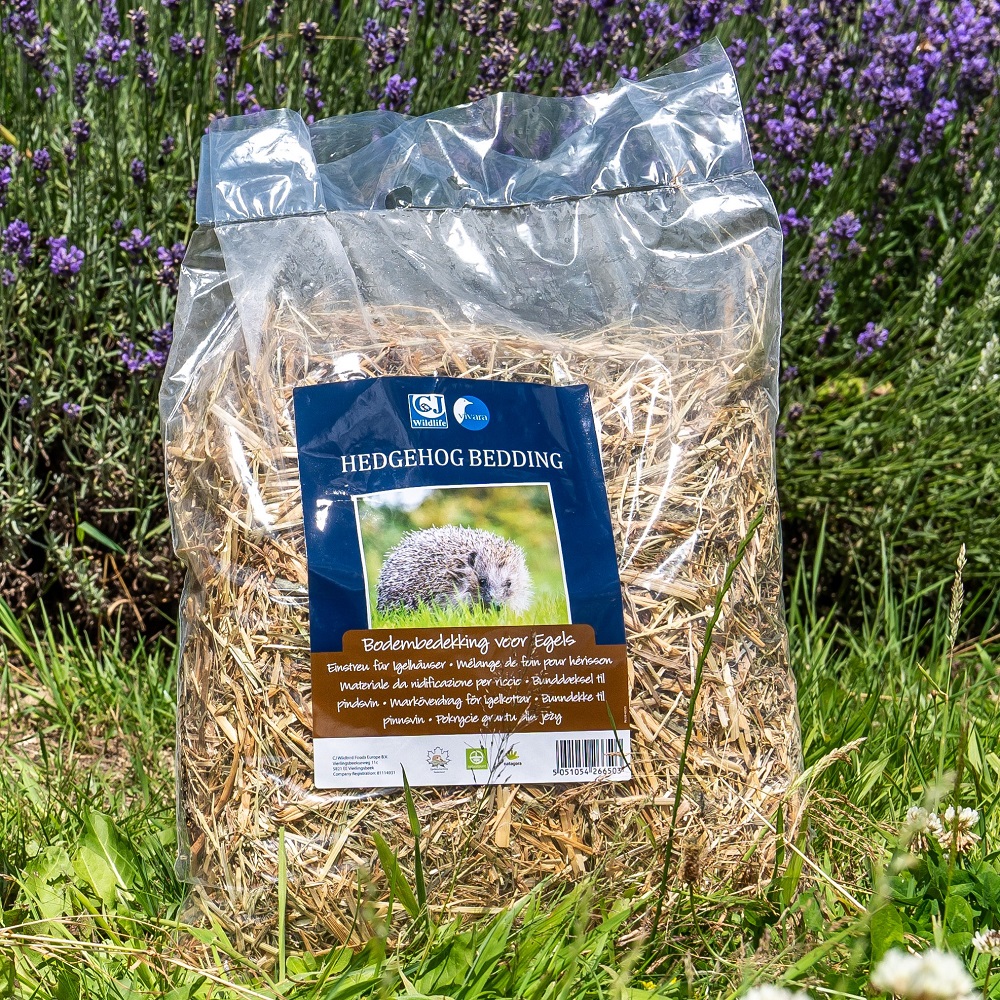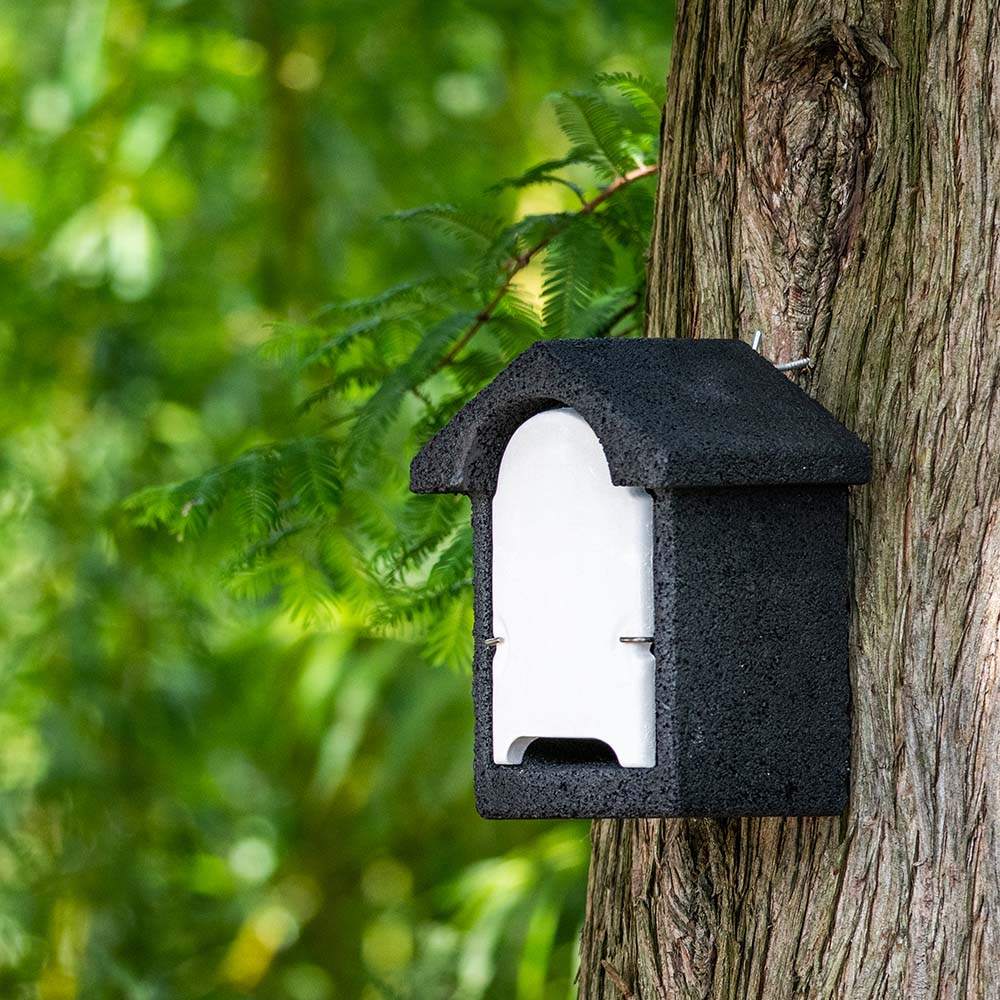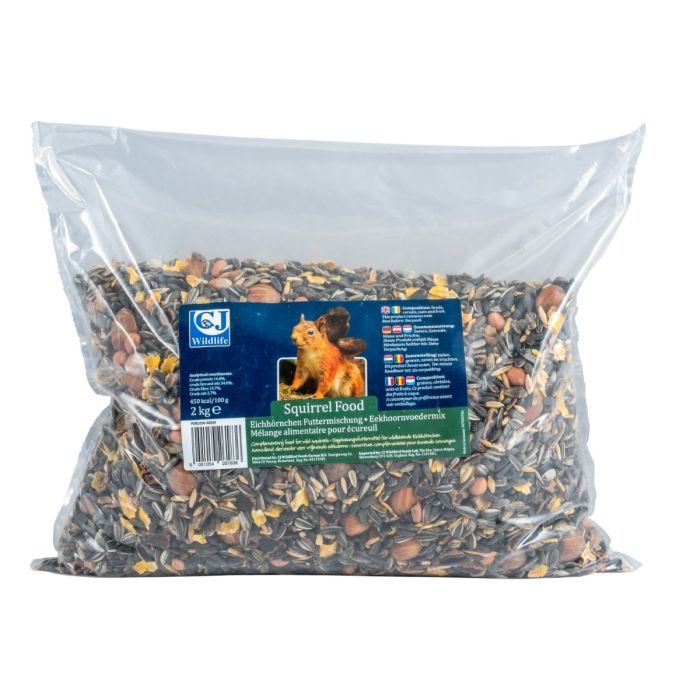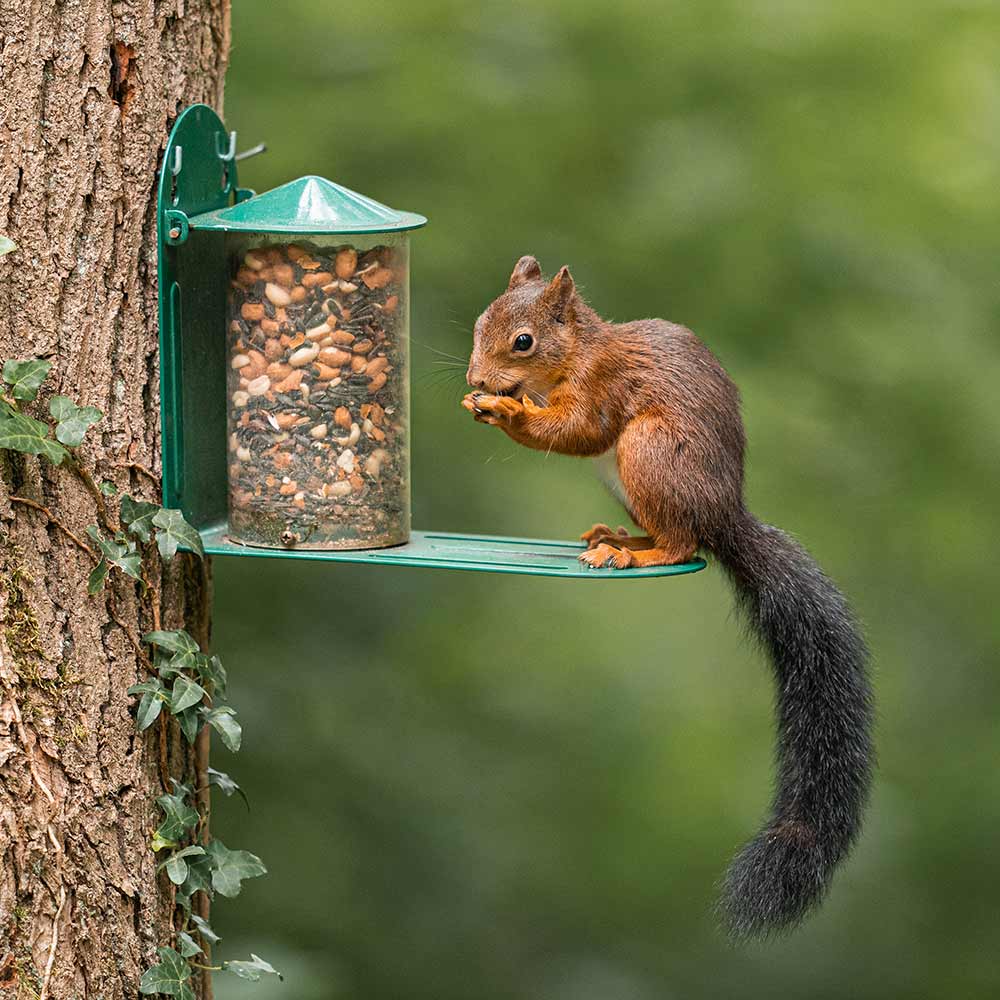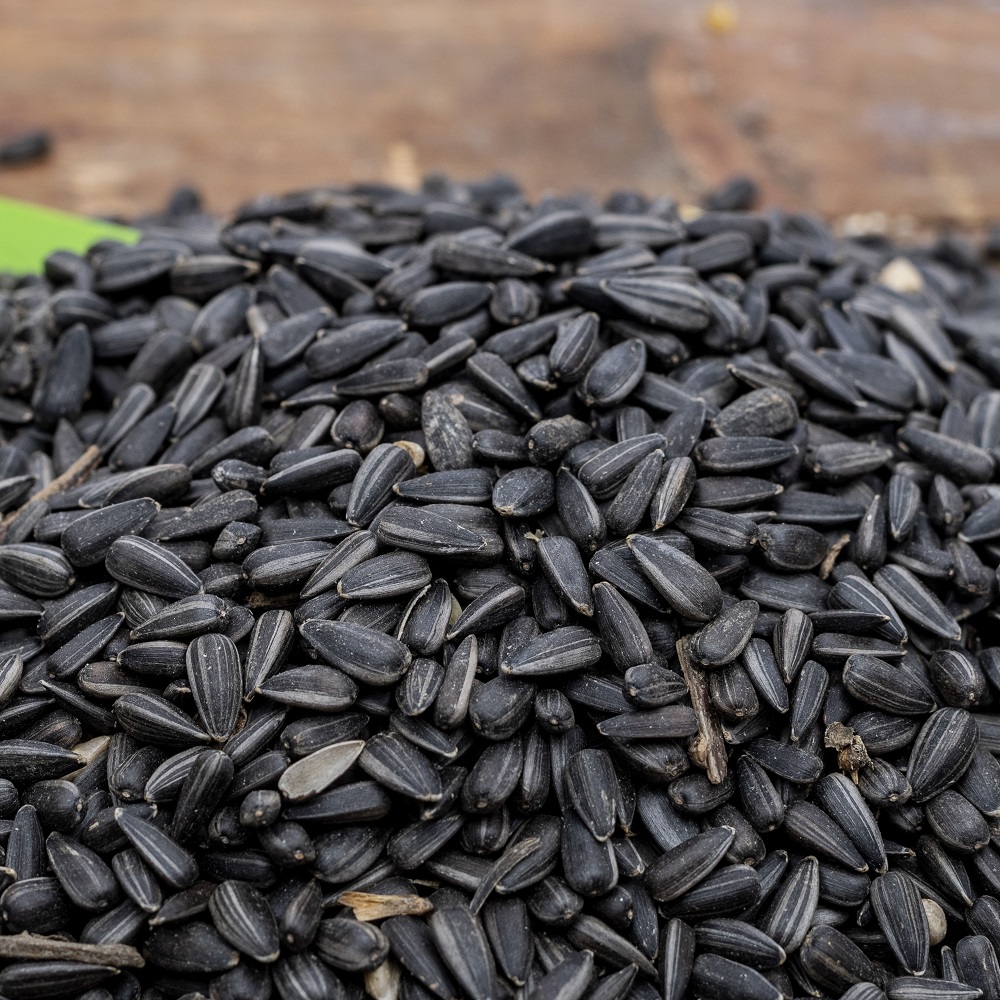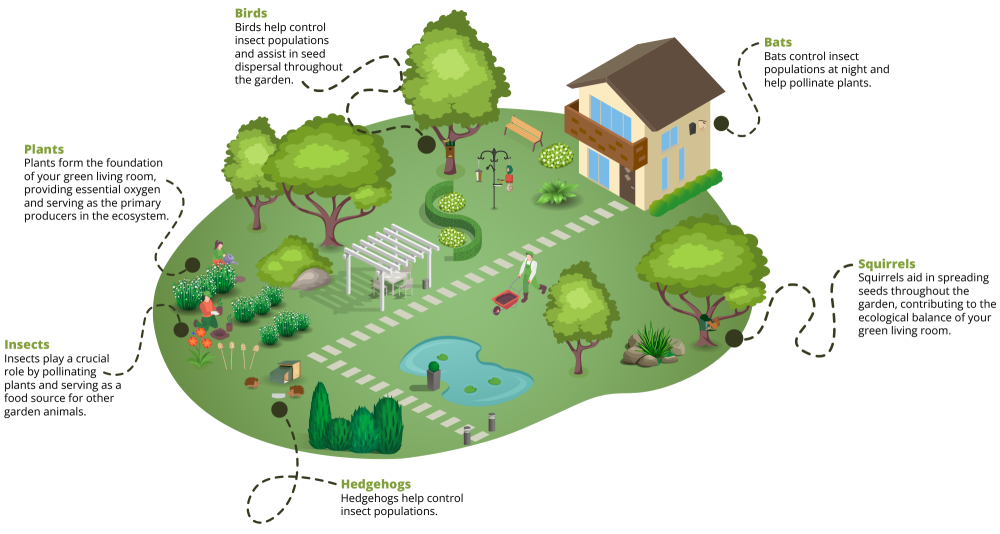
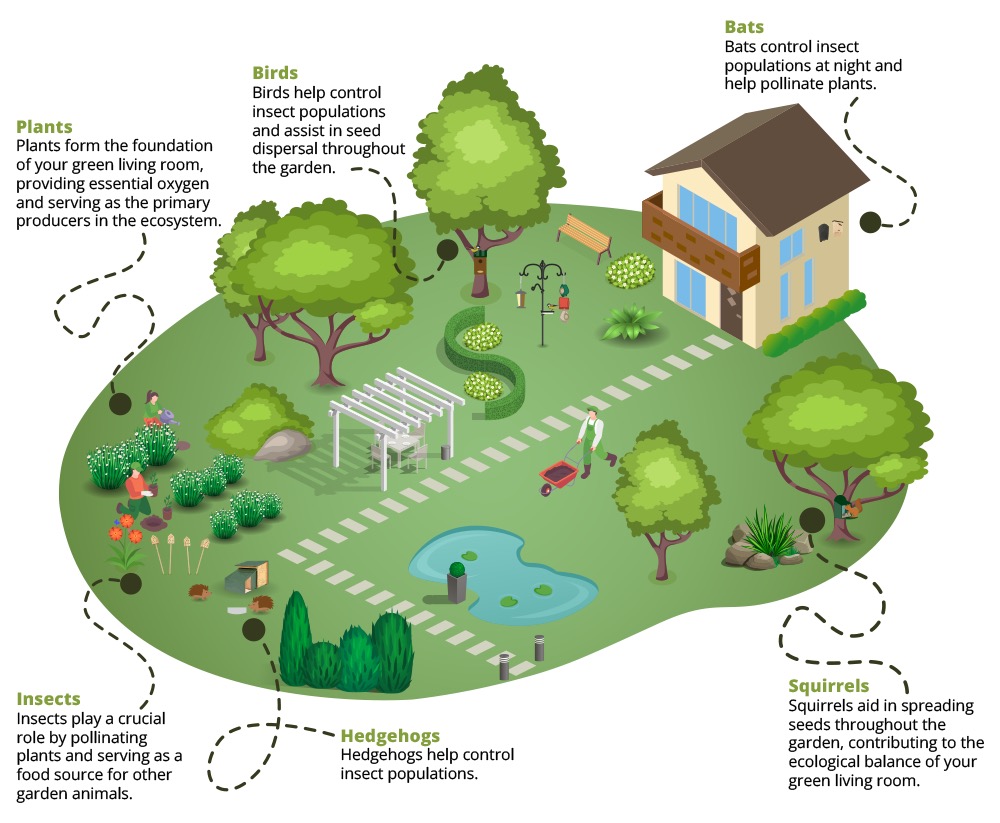
Turn your outdoor space into a paradise for the whole family, including wildlife: from buzzing bees and graceful butterflies to curious hedgehogs, lively squirrels and mysterious bats.
Our plants and insect hotels attract beneficial pollinators and promote diversity in the garden. The hedgehog houses provide a safe haven for prickly friends, while our bat boxes create hidden retreats for nocturnal hunters. For nimble squirrels, we offer feeders and special food to help them prepare for the winter. We have also developed numerous nature conservation products for your feathered friends, including nesting boxes, safe feeding systems and nutritious treats.
Laying the foundation with native plants
In the first week, we explore the amazing world of plants. They are the cornerstone of your green living room, turning your garden or balcony into a lively paradise! Plants attract helpful pollinators and enhance biodiversity in your green sanctuary.
Each plant caters to the needs of different insects. They offer food, shelter, and protection for a variety of beneficial garden allies.
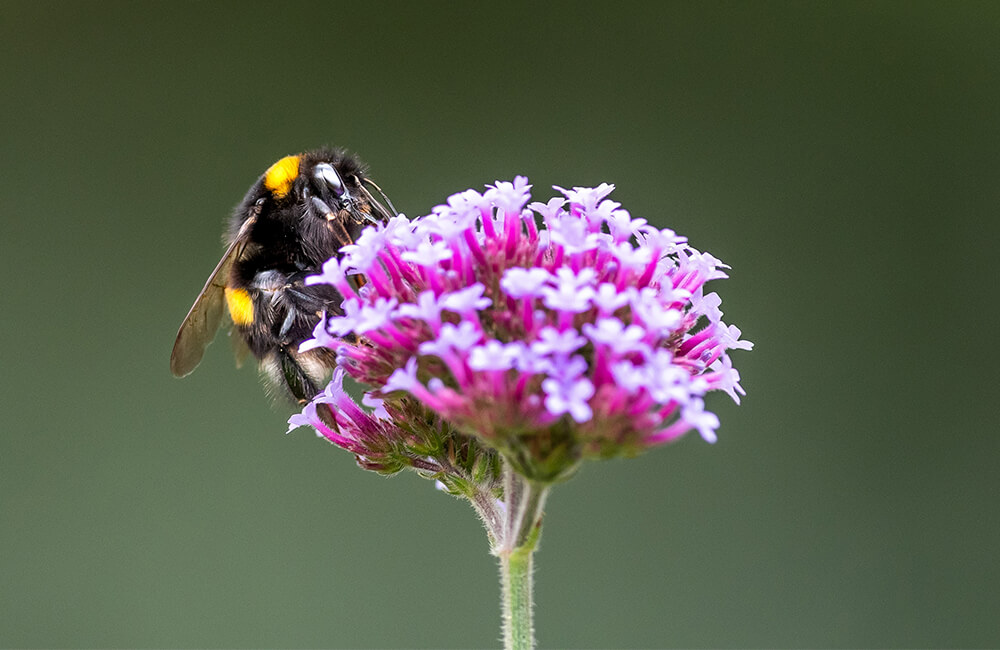

Did you know that many insects have a preference for certain types of plants?
- Lavender: A paradise for bees – they love the fragrant blooms!
- Avens: Draws bees, butterflies, and ladybirds to your green space with its abundant nectar and pollen.
- Coneflower: A favourite of both bees and butterflies.
Paradise for insects
Insects are essential for healthy ecosystems to function. They play a key role in the pollination of plants, which is crucial for the production of food and the preservation of plant diversity.
Many crops and wildflowers depend on pollination by insects to produce fruit and seeds. In addition, insects serve as a food source for many other animals and help to maintain the food web and support many other animal species.
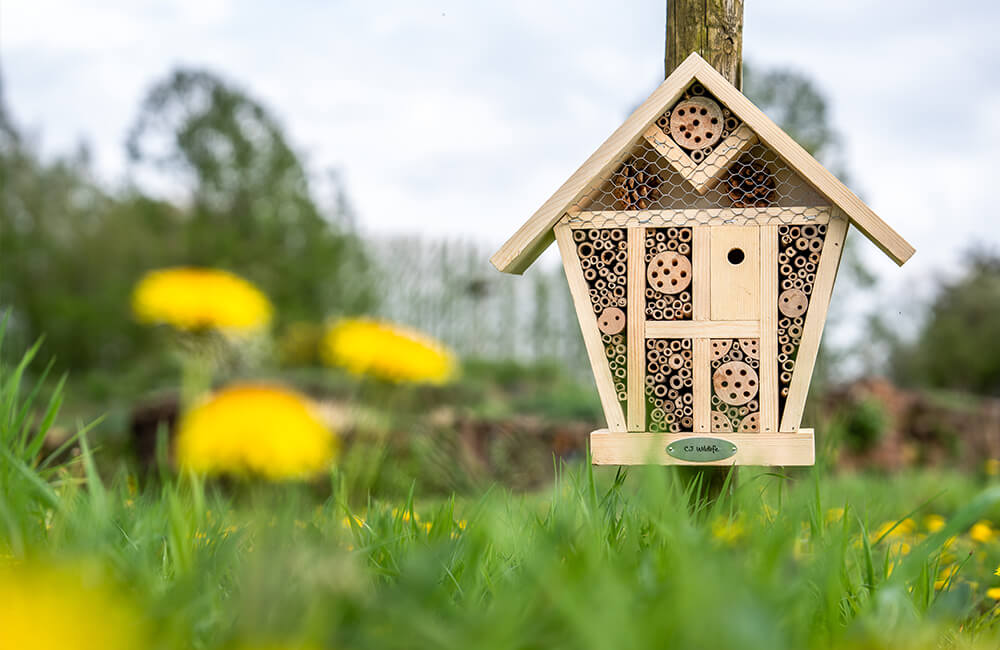

Unfortunately, populations of many insect species are declining worldwide, mainly due to habitat loss, pesticide use and other environmental pressures.
We would like to encourage you to create a suitable habitat for insects in your garden. This can be achieved by growing flowering plants, avoiding pesticides and providing shelter such as insect hotels.
Various measures can be taken to make a garden insect-friendly:
- Cultivate insect-friendly plants: Choose a variety of native flowers, herbs and shrubs that attract insects. These plants serve as a food source for pollinators such as bees, butterflies and beetles.
- Create shelter and breeding sites: Integrate elements such as rock piles, dead wood, insect hotels and butterfly houses into your garden to provide safe havens and breeding sites for insects.
- Reduce grass cutting: Let parts of your garden grow wild and minimise frequent grass cutting. This creates habitats and food sources for numerous insect species.
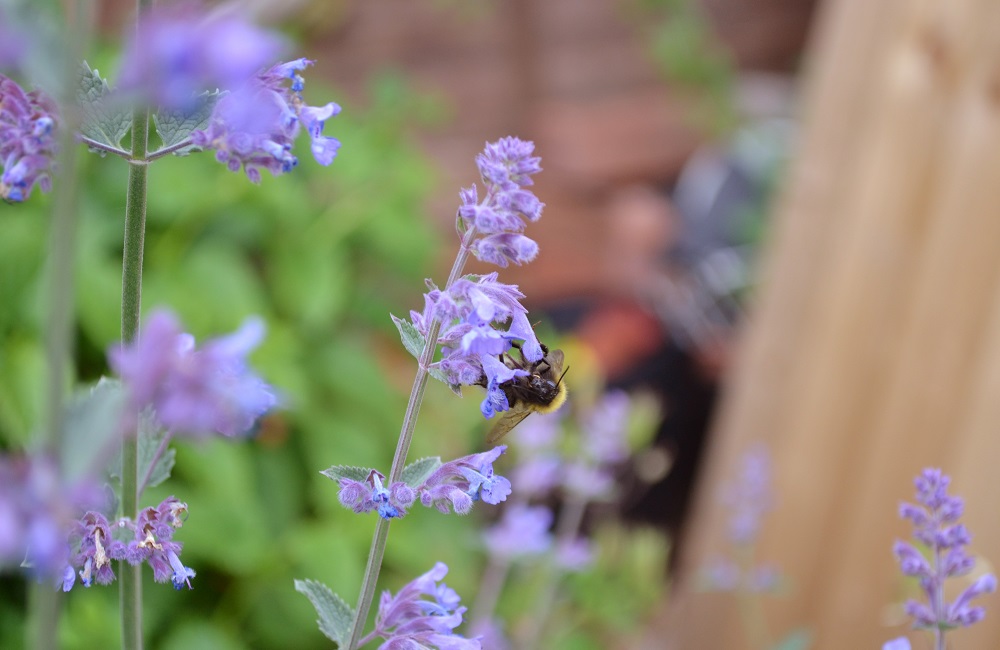

Here's an example of how we turned a vacant area in the garden into a haven for insects!


To create a hedgehog-friendly garden, you should follow these tips:
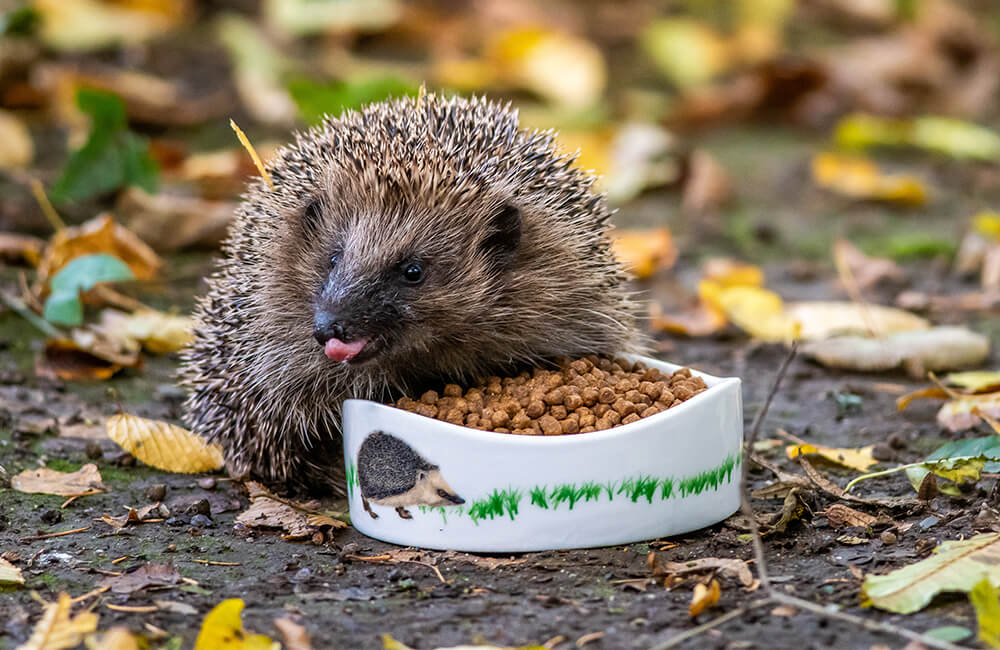

- Provide shelter: Hedgehogs need safe and secluded areas to rest during the day and later to hibernate. Create hedgehog-friendly shelters with piles of wood, heaps of leaves or special hedgehog houses. Make sure the shelter is dry, well ventilated and protected from predators.
- Create safe corridors: Hedgehogs roam great distances at night. Make sure they can reach your garden by leaving small gaps in fences and boundaries. This allows hedgehogs to roam freely between gardens in search of food and mates. A hedgehog gate is also a great way to make it easier for your prickly friends to explore.
- Promote insects: Hedgehogs play an important role in regulating insect populations. Support them by planting a variety of native flowers, shrubs and grasses that attract insects such as beetles, caterpillars and earthworms – hedgehogs' favourite snacks.
By creating a hedgehog-friendly garden, you not only contribute to the hedgehogs' well-being, but also create a lively and sustainable environment in which other animal species can flourish. These small changes not only benefit the hedgehogs, but also promote the health and diversity of local ecosystems.
While hedgehogs love to devour insects living on the ground, bats forage in the air to feed on flying insects. Hedgehogs eat beetles, larvae and the like, while the masters of aerial hunting like to prey on mosquitoes and moths. The connection between hedgehogs and bats shows how different animal species complement each other in different ways in our ecosystems. Each species plays a unique role that ultimately contributes to the balance and health of our ecosystems.
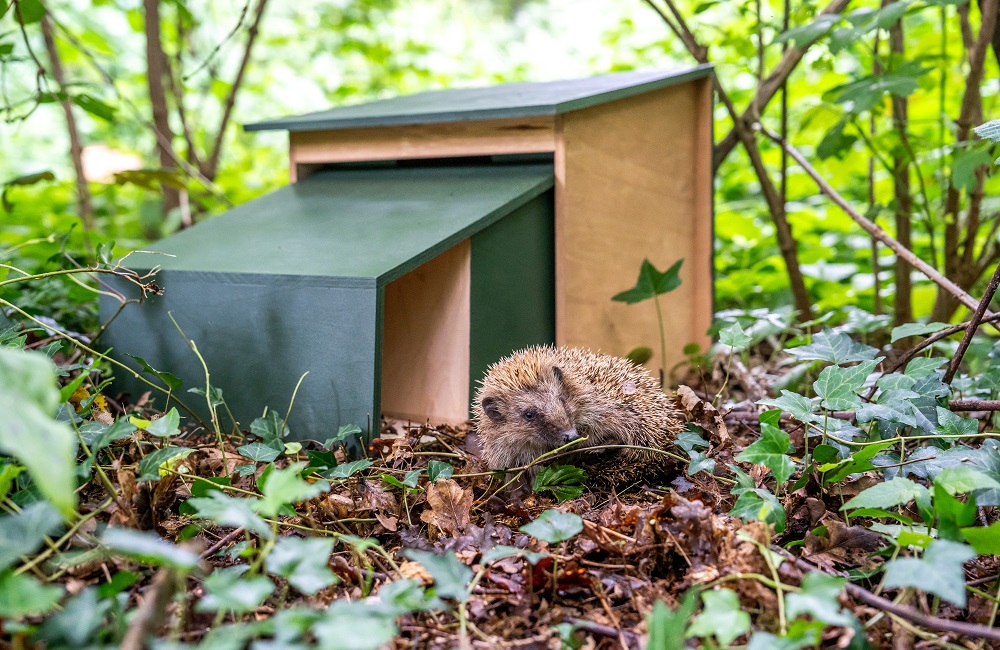

Food and Shelter for Hedgehogs
Here's an example of how we turned a bare area in the garden into a sanctuary that's perfect for hedgehogs!


Refuge for bats
Bats are exciting and important animals that are often considered mysterious and frequently misunderstood. They belong to the mammals group. Bats play an essential role in our ecosystems, especially in terms of pest control and plant pollination.
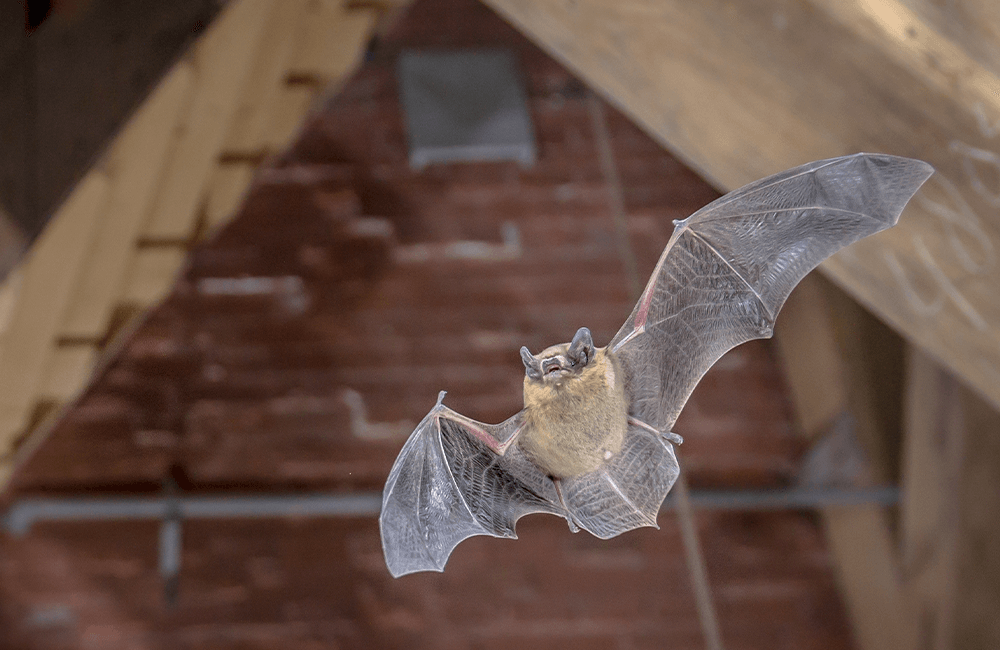

Most bat species are nocturnal and feed on insects. By eating large quantities of insects, bats help to control populations of harmful insects. In this way, they help to reduce pest infestations in agricultural areas and gardens.
In addition, some bat species are also important pollinators of plants. They carry pollen from one flower to another and are indispensable for the reproduction and diversity of many plant species.
Unfortunately, many bat species are threatened with extinction or are highly endangered worldwide. Threats to bats primarily include the loss of their habitat and the use of pesticides.
Bat boxes serve as artificial dwellings for these active nocturnal creatures. These boxes offer the bats a protected space to rest, roost and raise their young. They are available in various sizes and designs to meet the different needs of numerous bat species. Placing bat boxes in suitable habitats such as forests, gardens or parks can help to support bat populations.
In order to promote the conservation of these fascinating winged creatures, it is important to protect their habitats, which are crucial for foraging and reproduction. By trying to understand bats and considering their needs, we can help to preserve these mysterious fluttering creatures.
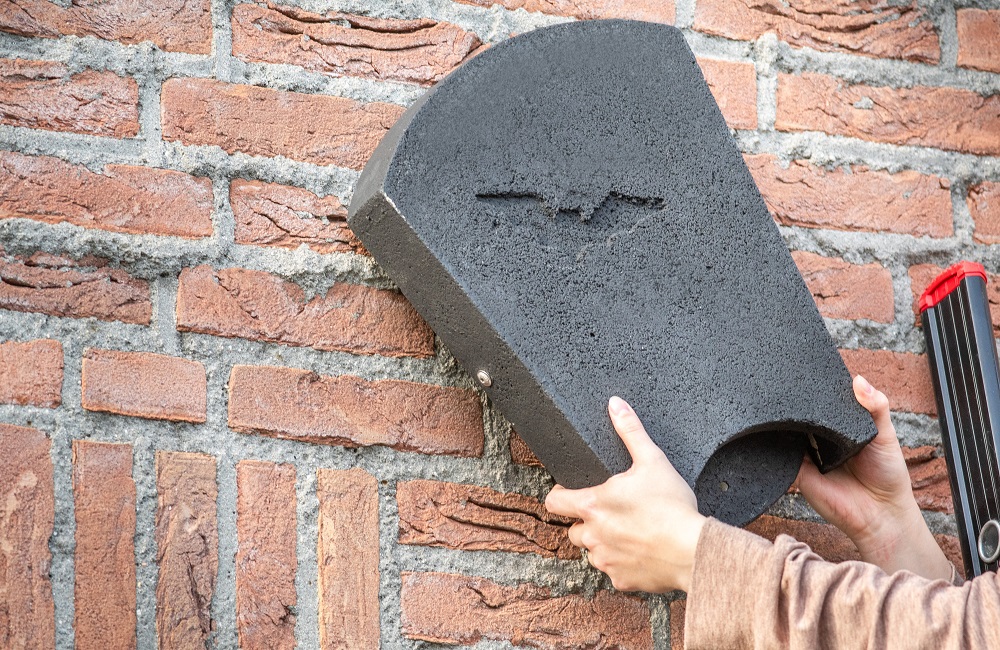

Wooden and Concrete Bat Boxes
Recreation centre for squirrels
Squirrels are popular, charismatic rodents that can be found in many parts of the world. They are known for their agile behaviour, their nimble movements and their ability to climb skilfully between trees. This bushy-tailed rodent is a must-have for your green living room!
Squirrels feed mainly on nuts, seeds, fruit and buds, supplemented by insects and other animal foods. They are important contributors to our ecosystems as they help to spread seeds. By collecting nuts and seeds and burying them in various places, they help regenerate forests and increase the diversity of plant life.
If you want to support squirrels, there are various ways in which you can do this:
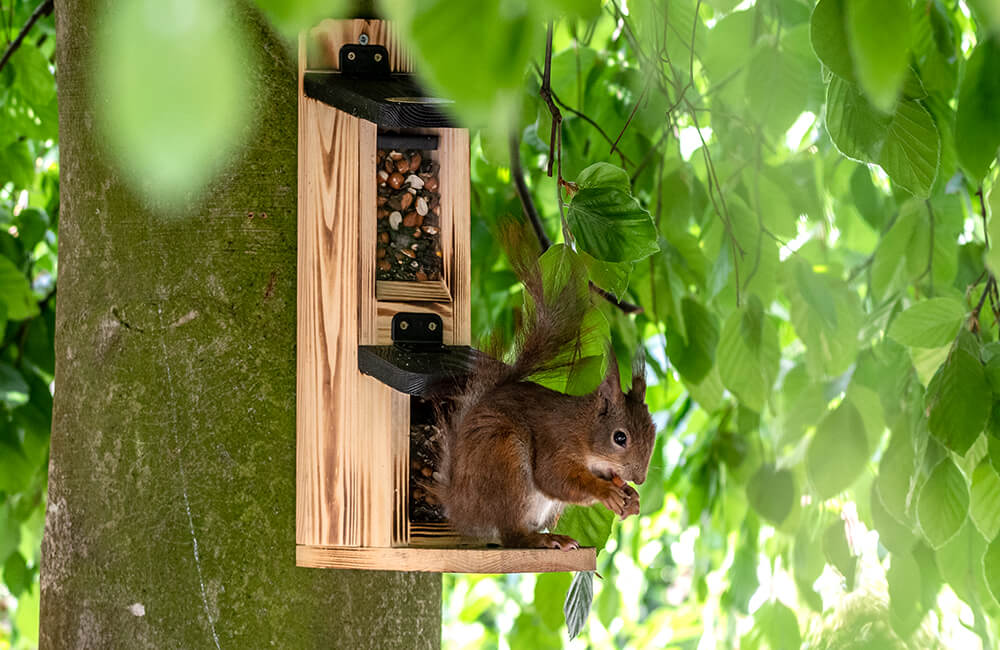

- Provide food: Plant squirrel-friendly trees and shrubs in your garden that produce nuts, seeds and fruit. For example, squirrels like hazelnut bushes and walnut trees. You can also set up special feeders with unsalted nuts, sunflower seeds and dried fruit.
- Be careful when mowing the lawn: Take care when mowing the lawn so you don't disturb squirrels' hiding places. Check the lawn for signs of activity before mowing.
- Watch out for pets: Keep pets such as cats away from squirrels as they can be a potential danger to these small animals.
Squirrels are also popular subjects for nature enthusiasts to watch who admire their acrobatic skills and playful behaviour. By protecting their habitats and providing food sources, we can help to ensure that these fascinating animals continue to live in our forests and gardens.
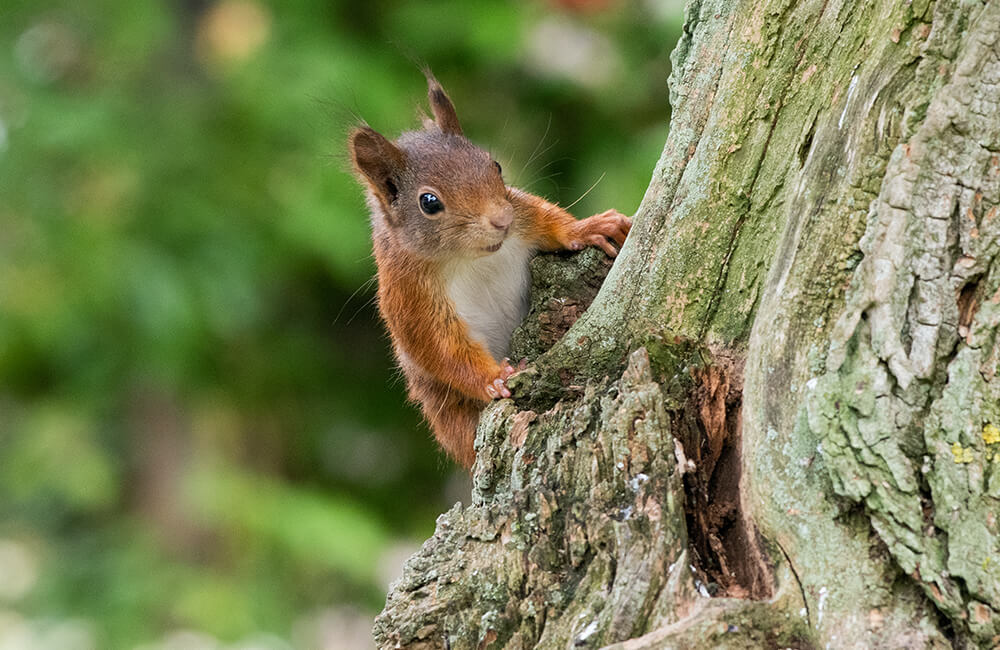

Setting Up a Feeding Station for Squirrels
Oasis for birds
Nothing soothes us humans as birdwatching and the lively chirping of our garden birds. Their charming song drives away sorrow and worries!
That's why there shouldn't be any green living room without our feathered friends! Birds are an essential part of our ecosystems as they also contribute to seed dispersal and pest control. Our feathered friends feed on a variety of organisms, including insects, seeds and fruit. Birds regulate insect populations and help to spread plant seeds. During the summer, bird activity increases as they search for food for themselves and their growing young. As a result, they are active in various habitats, be it forests, meadows, wetlands or urban areas. Creating a supportive corner for birds in your garden is a great way to improve the living conditions for our feathered friends.
Here are some steps you can follow to create a bird-friendly environment:
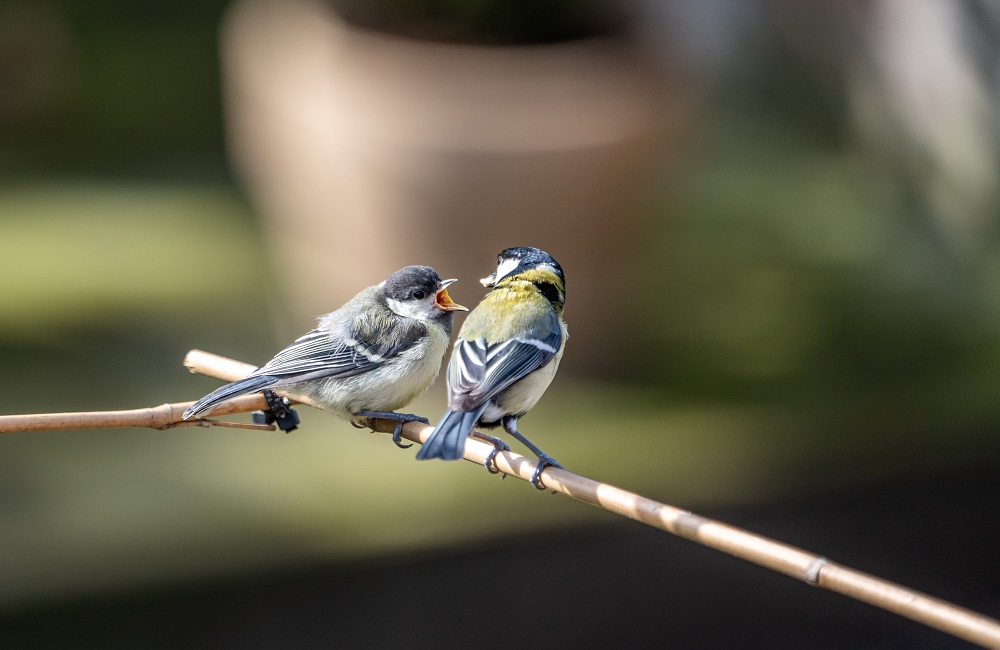

-
Plant selection: Choose a variety of native plants that provide food, shelter and nesting opportunities for birds. Opt for shrubs, trees and perennials that produce berries and seeds.
-
Create shelter: Put up nesting boxes that can serve as nesting sites for various bird species. Make sure they are well protected and safe from predators.
-
Feeding: Provide bird food in special feeders or feeding stations, especially in the winter months when natural food sources are scarce.
-
Provide safety: Make sure your garden is safe for birds by marking glass panels to prevent your garden birds from injuring themselves.
Browse our Bird Foods
Nest Boxes by species
Here's an example of how we set up a terrace for birds:


Garden trends 2024
These garden trends reflect the current interests and needs of people like you. People who value the garden as a personal retreat, ecological living space and aesthetic outdoor area. Utilise your outdoor area and create an oasis of well-being where you can switch off and relax.
-
Sustainable gardeningSustainable practices are increasingly becoming the focus of gardening. This includes the use of regenerative cultivation methods such as mulching, composting and water-saving techniques such as drip irrigation. The use of natural fertilisers and growing edible plants in your own garden are also part of this trend.
-
Small gardens and balconiesIn urban areas and for people with limited space, small gardens and balcony gardens are in vogue. Vertical gardening, hanging planters and compact vegetable gardens are popular ways of making the most of the available space. Nature conservation products for your wild animals are also a must!
-
Natural designGardens that reflect the natural environment and provide a habitat for native plants and animals are still very much in demand. Natural elements such as wildflower meadows, ponds, deadwood piles, hedges and shrubs are increasingly being integrated.
-
Smart GardeningIntegration of technology into horticulture, also known as smart gardening, is becoming increasingly important. Automatic irrigation systems, garden lighting with a timer function, smart sensors for monitoring soil moisture and plant requirements and apps for garden planning and maintenance are being used more frequently.
-
Edible gardensGrowing fruit, vegetables, herbs and edible flowers in your own garden or on your balcony is an ongoing trend. The desire for fresh, organically grown food and the joy of home-growing are strong motivations for this trend.
-
The garden as a retreatGardens are increasingly being used as places of retreat and recreational areas. Cosy seating areas, relaxation zones, garden sheds and gazebos as well as outdoor kitchens or barbecue areas are popular design elements that turn the garden into an extended living area.
-
Upcycling and DIY in the gardenSustainability is also supported by upcycling and DIY projects in the garden. Old objects such as pallets, bricks, wooden crates or old pieces of furniture are converted into new garden furniture, planters or decorative pieces.

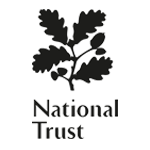

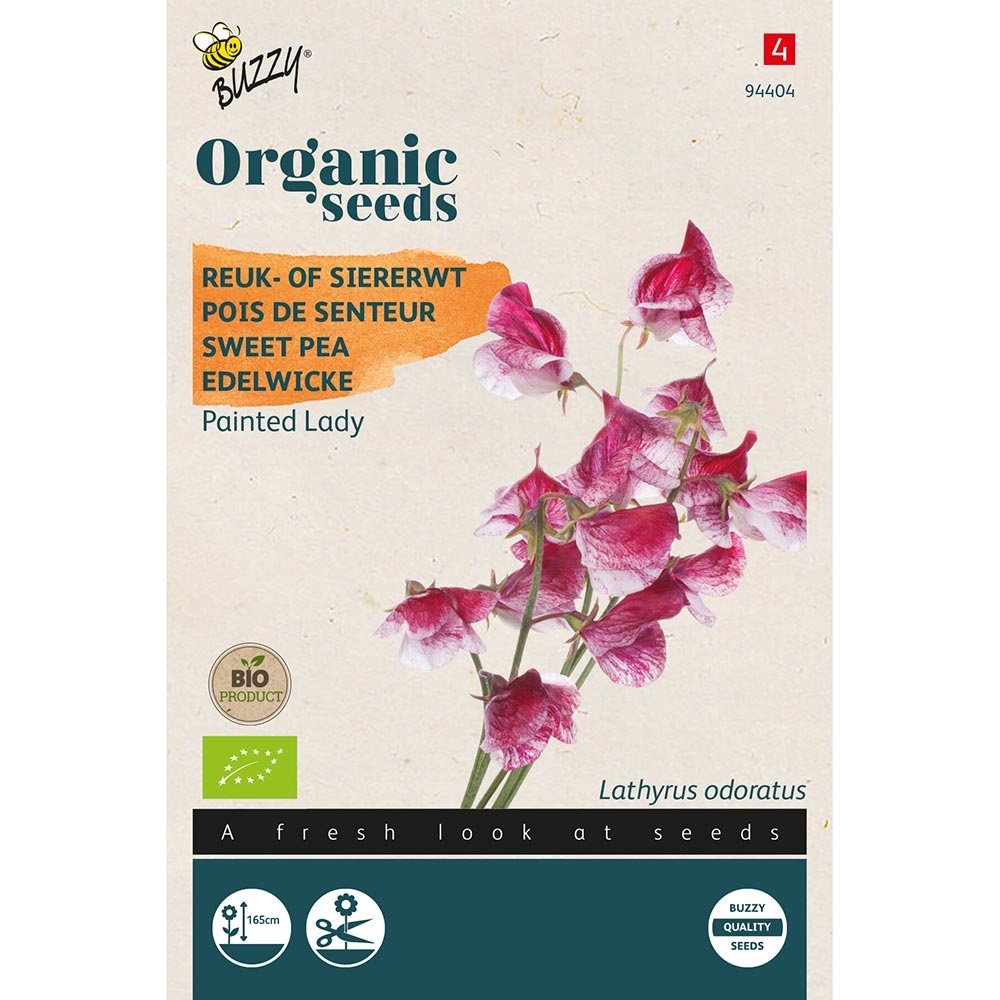
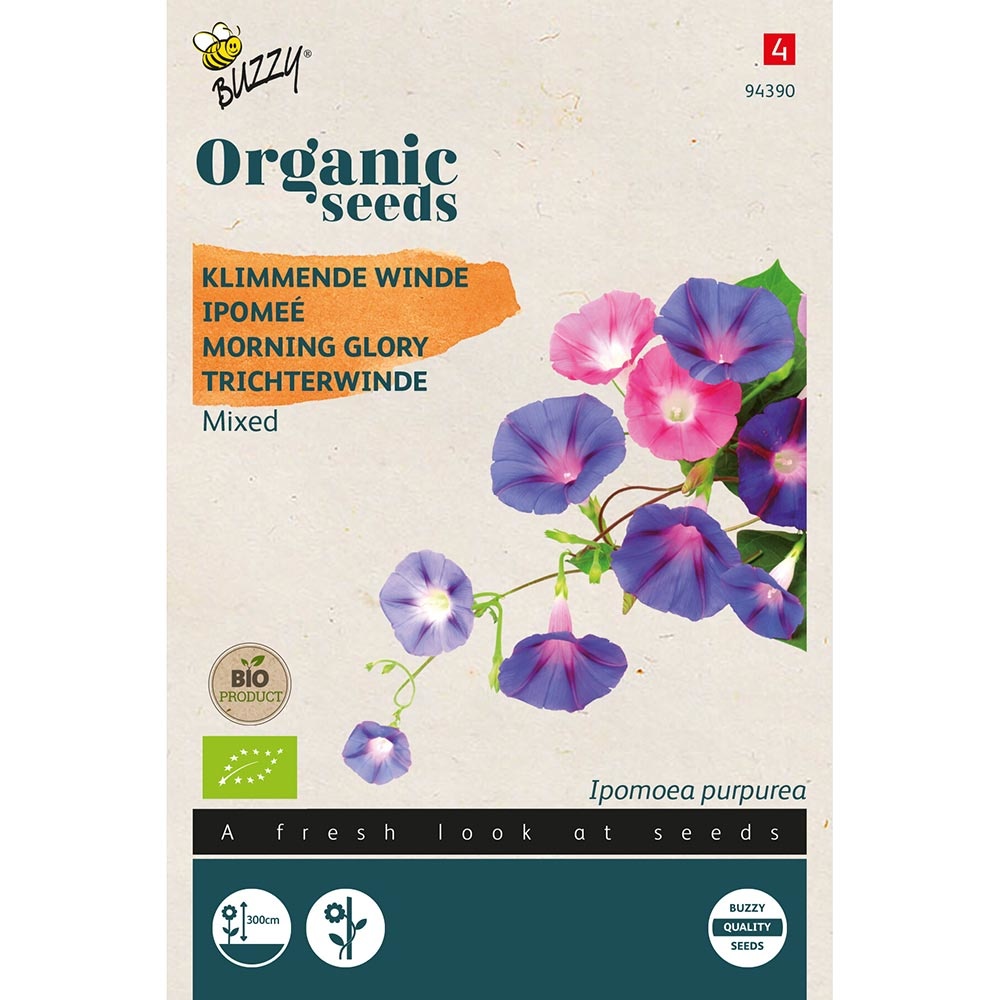
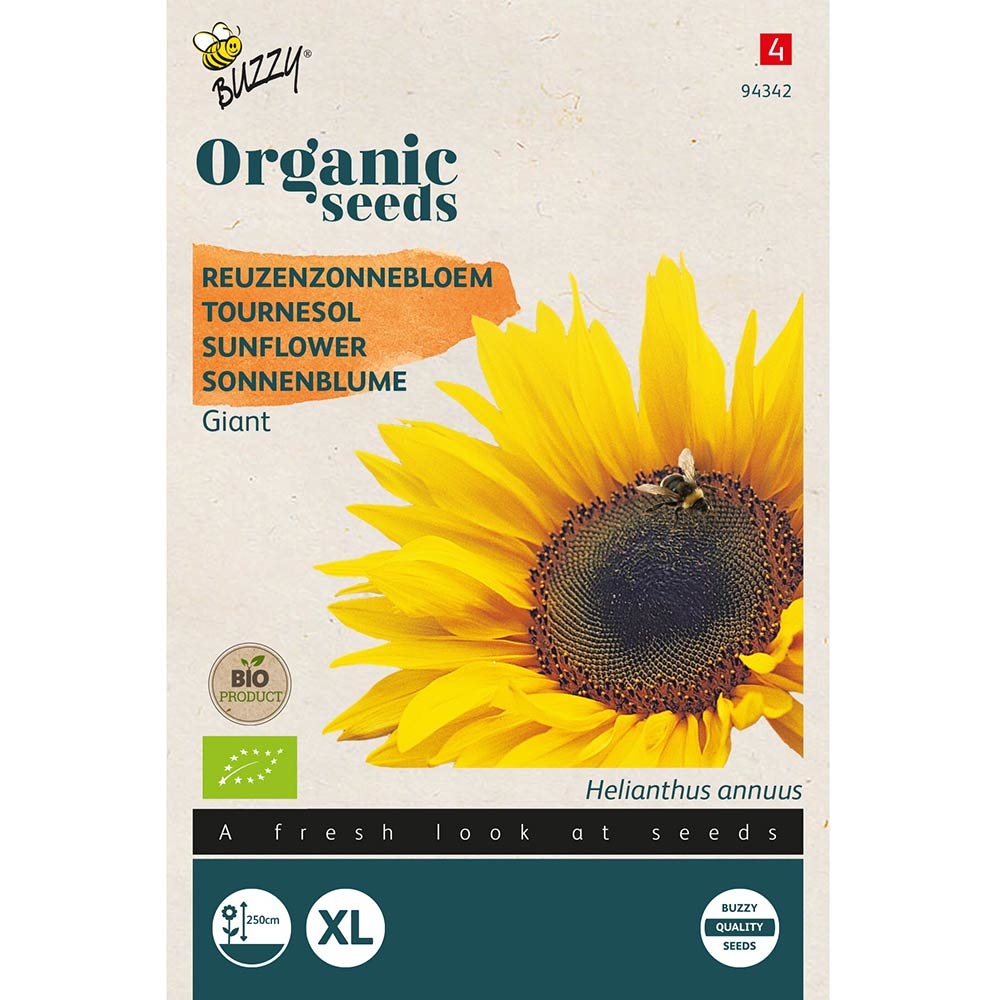



.jpg)

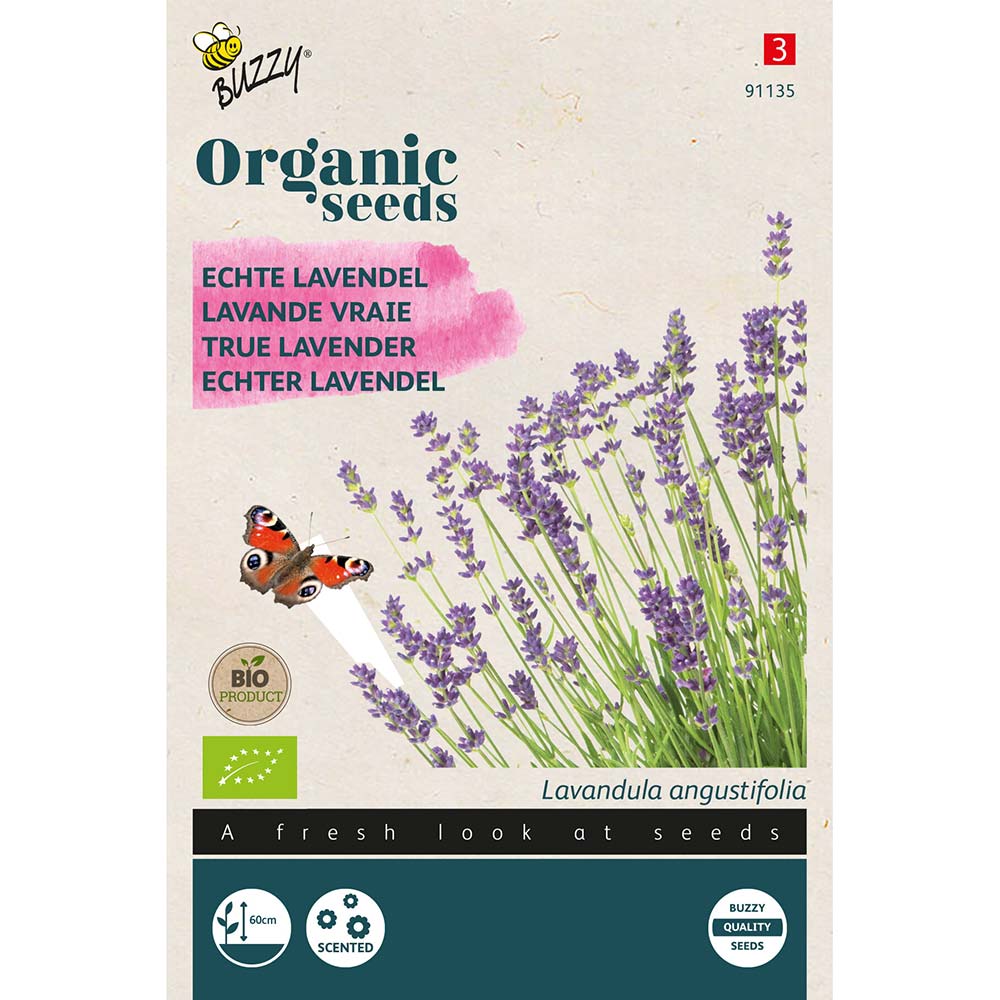




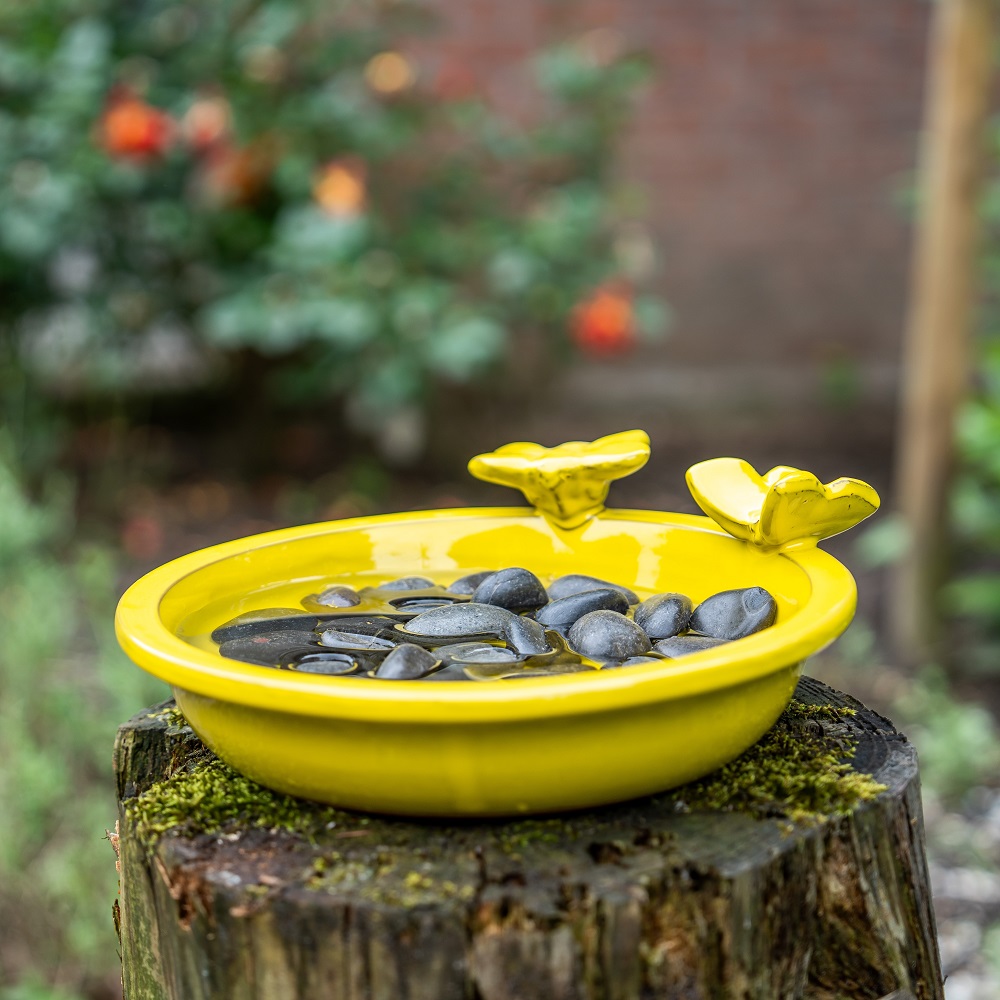





_1.jpg)



